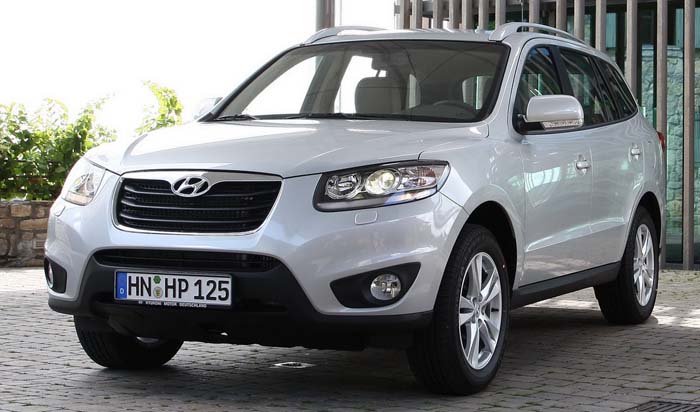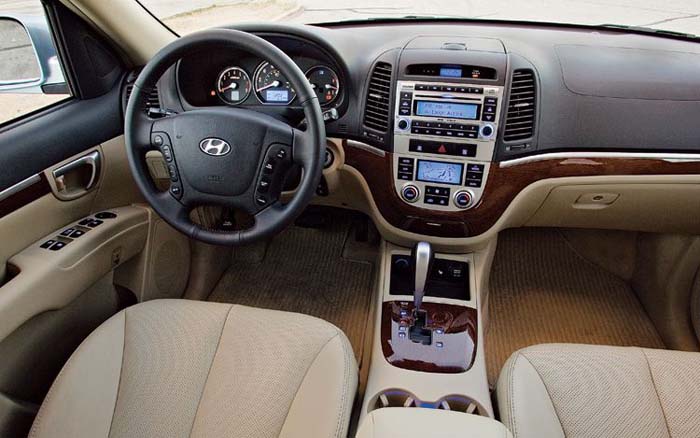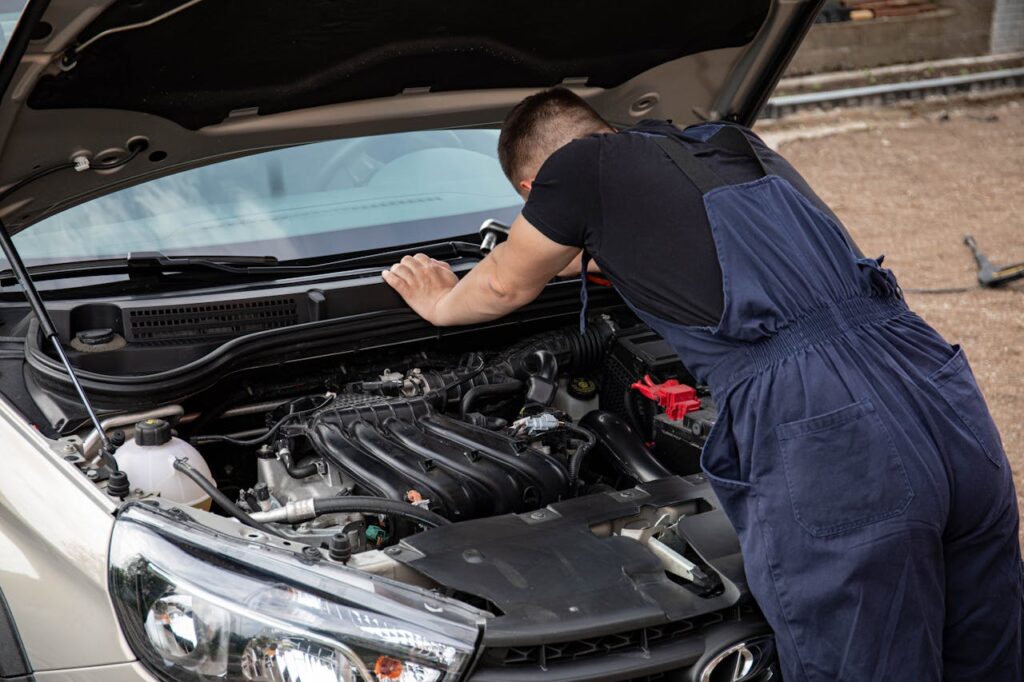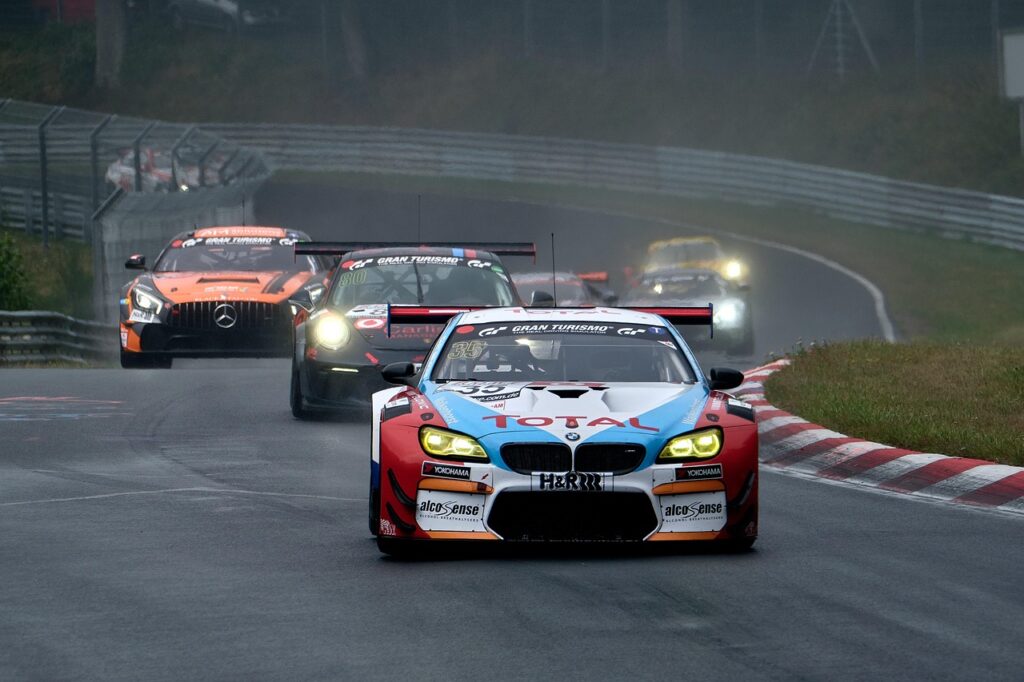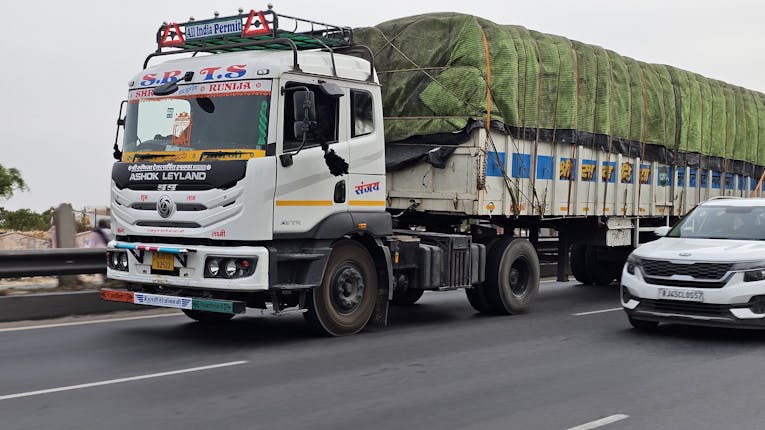Korean car manufacturer Hyundai motors set up shop in India in the late 90’s and since then they have always been about small cars. Starting off with the Santro (the best thing since sliced bread to some), Hyundai has managed to carry forward its outstanding small car legacy with its array of i10’s and i20’s. Hyundai has had such a stronghold on the small car segment in India that any offering costing upwards of 10 lakhs not only does not make heads turn but also rarely turns over the cash register. This reasoning has been compounded by the fact that Hyundai is perceived to be all about small cars and this also adds to their inability to sell their larger vehicles. Even the some-what well known Sonata has been selling only in dribs and drabs in India that Hyundai is considering relaunching it as the i45, which it hopes will improve its sales in India. The image of Hyundai as a manufacturer of good, reliable but cheap small cars is what the Korean manufacturer aims to change with its latest introduction to the SUV segment, the Hyundai Santa Fe.
Hyundai is no novice to the SUV segment in India and released its first offering in the segment way back in 2003 with the release of the Hyundai Terracan. The Terracan was a good vehicle with a great engine, good ride and even credible off-road capability, but the Korean manufacturer erred when it came to its pricing strategy choosing to price it quite high, leading to negligible sales. In 2005 Hyundai released its second offering in the SUV segment, the Hyundai Tucson and although this was also a decent SUV being well engineered, Hyundai was not successful in marketing it successfully. Also since waiting periods were quite long, interest in the vehicle waned resulting in the Tucson in particular and Hyundai’s SUV’s in general, being pushed to the back of the market.
Keeping in mind their mistakes from their previous venture into the SUV segment in the Indian auto market, Hyundai has takes all the precautions it can to ensure that the Santa Fe gets everything it needs to garner the required response from the Indian buyers. The Santa Fe has been around in the Hyundai stable internationally for a number of years and so far the Indian market has only been teased by its presence. It first showcased the Santa Fe to Indian audiences in 2008 at the Auto Expo, but finally the car manufacturer has made up its mind about releasing the vehicle in the country. More importantly Hyundai has managed to iron out any issues it has had with pricing and availability and should be well positioned to grab a large part of this segment.
Hyundai developed the Santa Fe with the North American market in mind and although the initial job was quite a typical Korean hash job in terms of engineering and styling, the fact that it provided good value for money ensured it generated enough of sales. The Santa Fe has always had a monocoque frame to give it stable road manners as well as to make it quite appealing to soccer moms searching for a soft-roader that could handle itself on snowed in streets.
The first generation debuted in 2001 and sold for six continuous years without much of an upgrade and in 2007 the second generation Santa Fe was introduced. The second generation SUV had updated styling cues and a more cohesive engineering. The second generation Santa Fe got some minor styling improvements and this is the model that will be coming to Indian shores. The Santa Fe is also the last in the line of Hyundai’s SUV’s to not bear the ‘ix’ tag neither does it have the new more aggressive smooth styling design.
The Santa Fe is currently sold worldwide and according to Hyundai stats has sold more than 20 lakh units. Presently there are around 25,000 back order units of the Santa Fe on order resulting in waiting periods of around three months. Looking at this, Indian customers will also have to wait for quite a while but the pricing advantage coupled with the fact that the Santa Fe has a diesel engine should ensure more demand than either the Honda CR-V or the Mitsubishi Outlander.
The Santa Fe is different from the current crop of crossovers and soft-roaders in that it has a more aggressive design language. It has a big, tall stance and should have no problem bullying anything on the right side of Audi’s Q7. The styling and design of the SUV is cohesive and does not have any contrasting elements making it as appealing to macho men alike. The front end has a more feminine look to it with sleek headlights that are flush with the front bumper and well designed chrome inserts for the lights. The taillights are similarly styled to the previous generation and also get some chrome accents. One odd bit of styling is in the position of the tailgate handle, which gives the impression that the gate is opened sideways. But like the Forturner it opens upwards and Hyundai would have been better off concealing the release hatch under the license plate.
The rear bumper gets a blackened diffuser and also contains the dual exhaust tips. To complete the butch look, the Hyundai gets large 18-inch wheels with 235/60 tires that fill the wheel arches quite well and give the Santa Fe a more complete look. At the front end it is easy to see that Hyundai designers have put some thought in and have gone against the grain by keeping the bumper flush against the grille and lights. This gives the Santa Fe a much sleeker look rather than the pouty lip look favoured by most other SUV’s like the Captiva, Outlander and CR-V. The front bumper also houses the air dam that also gets a blacked out look.
The Santa Fe will still follow the second generation styling as all new Hyundai’s come with the ‘i’ prefix for cars and ‘ix’ prefix for SUV’s along with the all-new design language and styling, which includes the new hexagonal front grille and sharp headlights. The newly launched ix35 (replacement for the Tucson), ix55 (replacement for the Terracan) and the ix45 (replacement for the Santa Fe based on the Sonata) already incorporates the new design elements.
The interiors of the Hyundai Santa Fe continue as an extension from the contemporary exterior styling and have an all-black layout. Surprisingly the interiors of the Santa Fe also exude a sense of quality not normally associated with the Korean brand. The dashboard as well with hard durable plastic now looks more elegant and pleasing to touch and the up-market feel of the car is enhanced by the plastic-wood trims in the door and seat inserts. The centre console houses the 6-CD changer as well as the climate control knobs and buttons. The music system is USB compatible and also has the capability to connect an auxiliary device which is conveniently located at the bottom of the centre stack.
The interiors of the Santa Fe come alive at night with the luminescent blue backlight that lights up the instrumentation panel giving the driver a clear view of all the information. The front cabin is spacious and comfortable for both passengers with the drivers’ seat having a 10-way adjustment (although it does not have a memory function) and the passenger seat having a forwards and backwards adjustment function. The steering wheel is of a good size and has the audio and cruise control functions. It also has the tilt and telescopic feature that allows the driver to adjust it to suit his most comfortable driving position. The space between the front seats has a couple of large cup holders with the arm rest concealing a storage bin and a cooler for miscellaneous items.
The rear seats are also comfortable and the only criticism could be that they are a bit low and lack in thigh support. The back of the rear seats can also be reclined for added comfort. Although the Santa Fe is a seven seater vehicle the third row of seats feel cramped and are also quite low. Leg room and head if quite tight and more suited to smaller passengers and children. The Santa Fe also features a unique positioning of the a/c vents, which are integrated into the B-pillars for the second row and side mounted for the third row, instead of the more traditional roof placement. There is also an option for rear seat passengers to adjust the fan speed to suit their requirement.
The Santa Fe offers the best in terms of safety with the only SUV in its segment to offer six airbags and also features ESP that has allowed it to acquire a full five star rating in European and American crash tests. Noise levels are relatively low as a result of the monocoque framework and with all windows raised there is hardly any noise that permeates the cabin.
Hyundai seems to have got it right third time around and the Santa Fe is sure to leave an impression in the Indian SUV segment. What has to be seen is if Hyundai can import enough of the vehicles to satisfy local demand as international demand continues to remain quite high. For those buyers looking for a Rs 20 – 25 lakh SUV, the Santa Fe seems the best fit.
Hyundai Santa Fe Specifications
Engine: 2199cc, 4 valve head, in-line 4, variable geometry turbo, CRDi unit
Max Power: 197 PS @ 3800 rpm
Max Torque: 421 Nm @ 1,800-2,500 rpm
Transmission: 6 Speed Manual
Brakes: Front Ventilated Discs / Rear Solid Discs
Suspension: Macpherson Struts at the front and multi-link type with anti-roll bars at the rear
Tire Size: 235/60 R18 alloys
Fuel Tank Capacity: 70 Liters
Length: 4665 mm
Width: 1899 mm
Height: 1765 mm
Wheel base: 2700 mm
Ground Clearance: 200 mm
Front row Headroom: 41.3 in
Front row Hiproom: 56.6 in
Front row Legroom: 44.5 in
Front row Shoulder room: 58.3 in
Second row Headroom: 38.4 in
Second row Hiproom: 56.1 in
Second row Legroom: 37.8 in
Second row Shoulder room: 57.7 in
Seating: 7
Kerb weight: 1961 kgs

